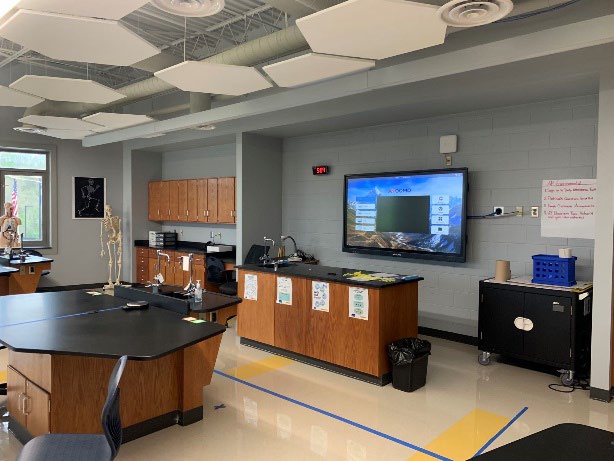Interactive Displays

Why Interactive Flat Panels Are the Cost-Effective Choice for Schools Over Projectors
In the rapidly evolving world of educational technology, institutions continually seek optimal solutions that balance both effectiveness and cost-efficiency. Interactive Flat Panels (also known as interactive LED displays, smartboards, interactive whiteboard, IFP) have steadily emerged as game-changers, outpacing traditional projectors in various facets. Let’s delve into the comparative merits of these technologies and understand why interactive flat panels may offer schools a more sustainable financial trajectory.
Interactive Flat Panel vs. Projectors: A Comparative Analysis
When we assess the utility of these tools in academic environments, it’s imperative to evaluate them beyond mere initial investment.
The Traditional Projector: Its Pros and Cons
While projectors have been reliable mainstays in classrooms for decades, they bring inherent challenges:
- Maintenance and Lifespan: Projectors often require routine upkeep. Bulbs, which can be costly, need replacement, and there are inevitable costs linked with filters, dusting, and recalibration.
- Operational Complexities: Aligning, focusing, re-calibration, and adjusting projectors, especially amidst a lesson, can result in considerable time inefficiencies.
The Advent of the Interactive Flat Panel
The modern classroom demands tools that are both efficient and versatile. Interactive flat panels answer this call:
- Durability with Minimal Upkeep: Absent of bulbs or intricate lens systems, these panels are designed for longevity with minimal maintenance. Most LED screens, such as the BundleBoard, are rated for up to 50,000 hours compared to 2,000 hours with traditional bulb projectors.
- Enhanced Engagement: They offer dynamic touch capabilities, enriching the student experience through interactive learning. The BundleBoard i offers up to 50 points of touch and different apps to attract the attention of the audience!
- Optimal Display Quality: Regardless of room conditions, these panels consistently deliver sharp and vibrant visual output. No need to turn off the lights to see what you are displaying.
Decoding the Cost Implications
Beyond mere functionality, the economic implications of these technologies are pivotal for educational institutions.
Reduced Maintenance Costs
Over their lifespan, the Interactive Flat Panel typically incurs fewer maintenance costs, ensuring institutions aren’t recurrently channeling funds into upkeep.
Energy Efficiency
Interactive flat panels are engineered with modern energy-saving standards, leading to palpable savings on electricity bills. The BundleBoard i Interactive display has a feature to schedule shut off times. No sweat on remembering to turn off the display anymore.
Multi-functional Capabilities
Serving as a combined platform for presentation, whiteboarding, computing, and media playing, these panels reduce the need for multiple devices, consequently decreasing cumulative costs. The BundleBoard i also has access to thousands of different apps, such as the Google Suites, through the onboard app store, as well as wireless casting.
Installation
QOMO’s Interactive Flat Panels include mounts, built-in WiFi, and an OS system. Installation is generally straightforward, and with a stand purchase, there might be no need for external installers. In contrast, projectors necessitate professional installation of the mount, projector, whiteboard, and the computer essential for its operation. Consequently, installing an Interactive Flat Panel can be both more economical and logistically simpler.
Evaluating the Investment: Is the Shift Justified?
Transitioning to newer technologies requires careful deliberation. While projectors have served institutions diligently, the question arises: Is the future in Interactive Flat Panels?
Given their multi-faceted advantages and the potential for long-term cost savings, it’s evident that these panels are more than just a fleeting trend. They present a promising avenue for schools looking to modernize their infrastructure prudently.
In Conclusion
The decision to transition from projectors to Interactive Flat Panels is underscored by a combination of enhanced functionality and fiscal advantages. As schools navigate the myriad choices in educational technology, it becomes clear that investments like these can lead to both enriched learning experiences and sound financial planning.

